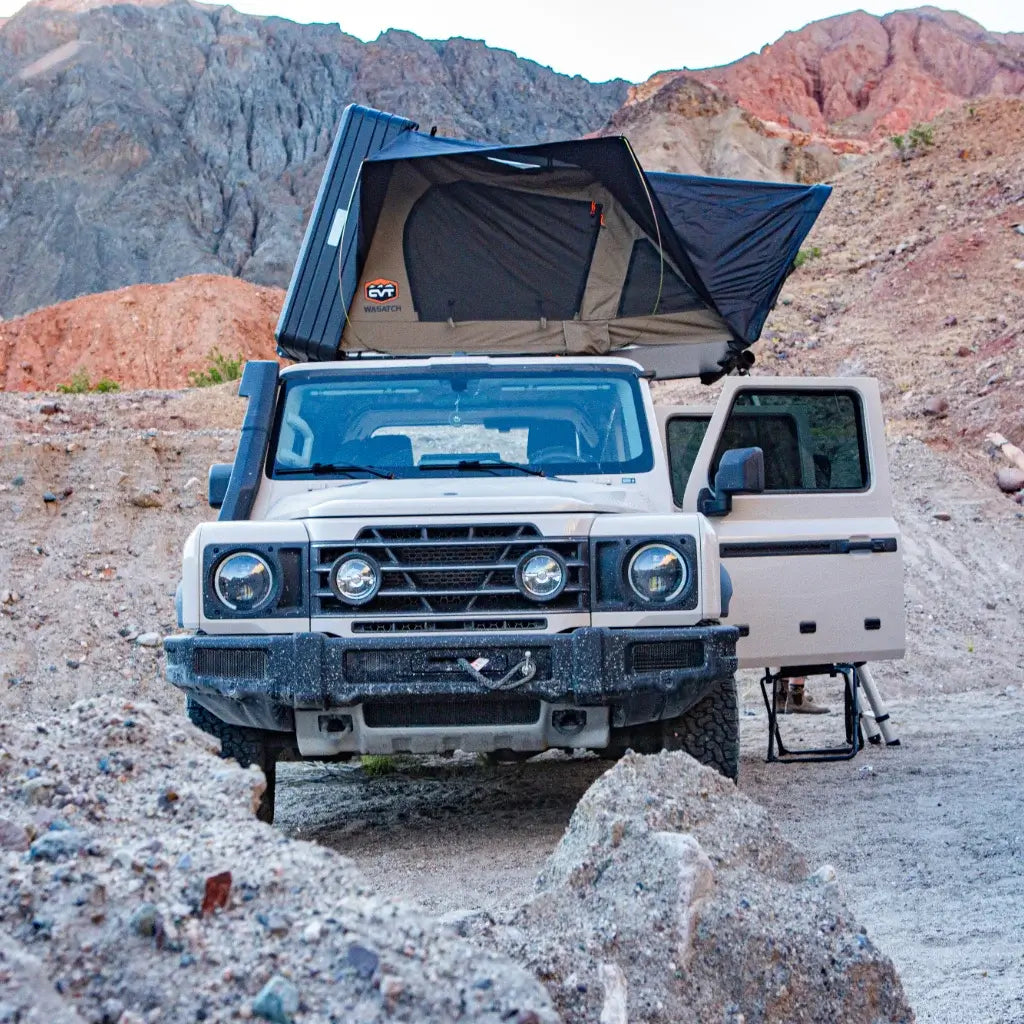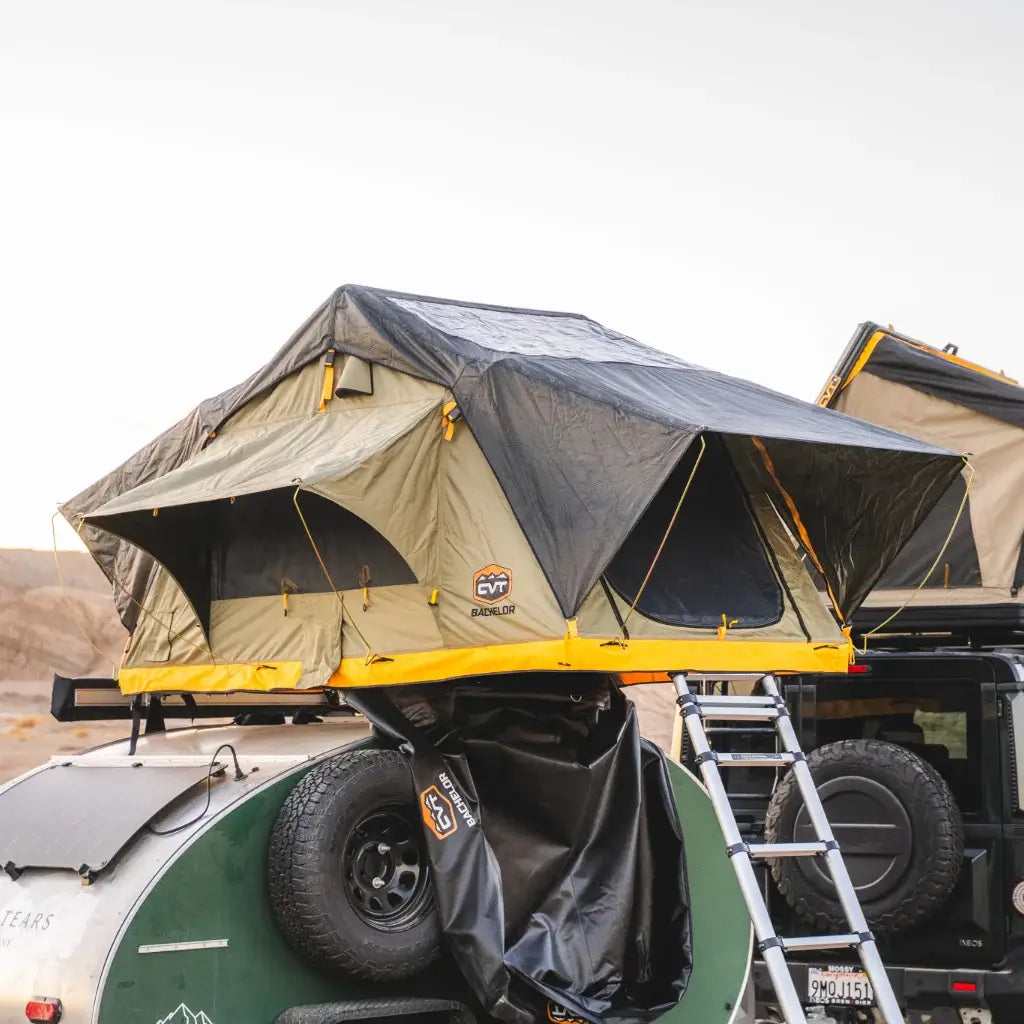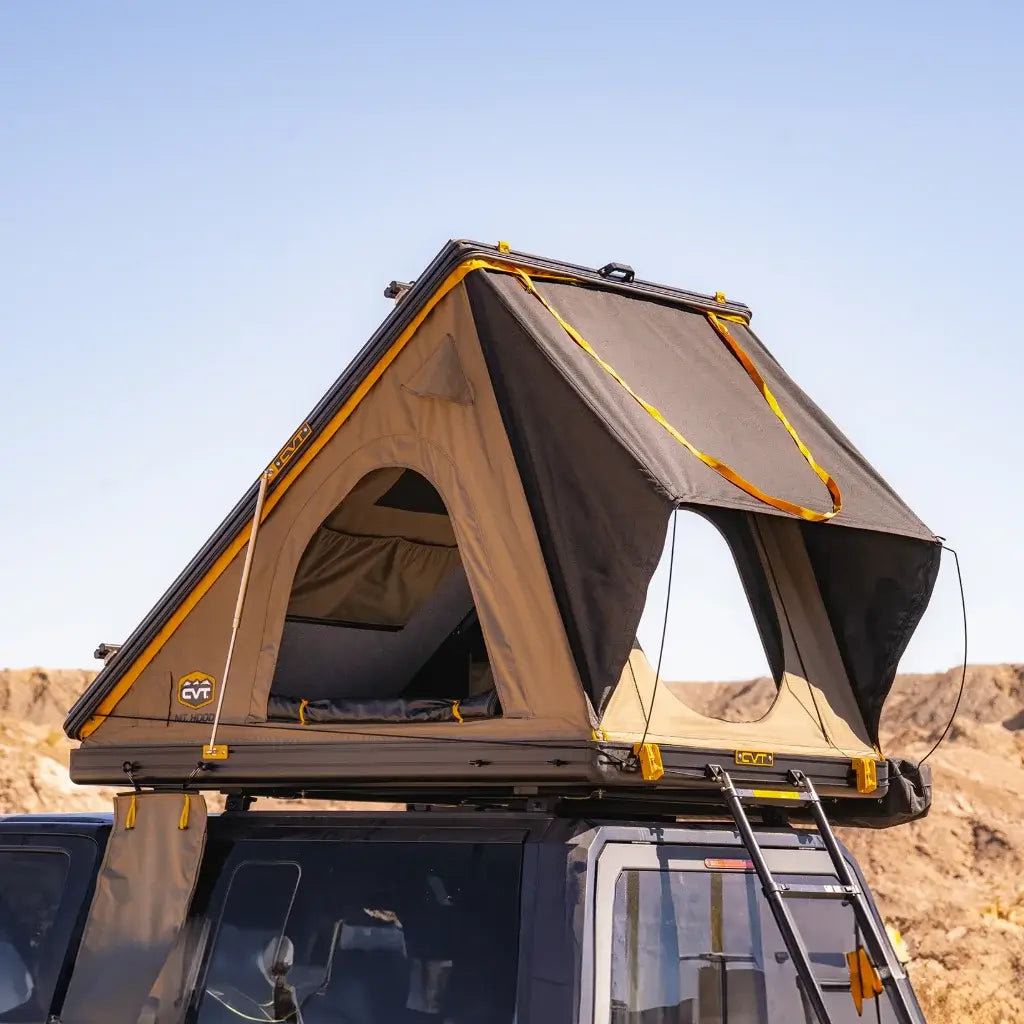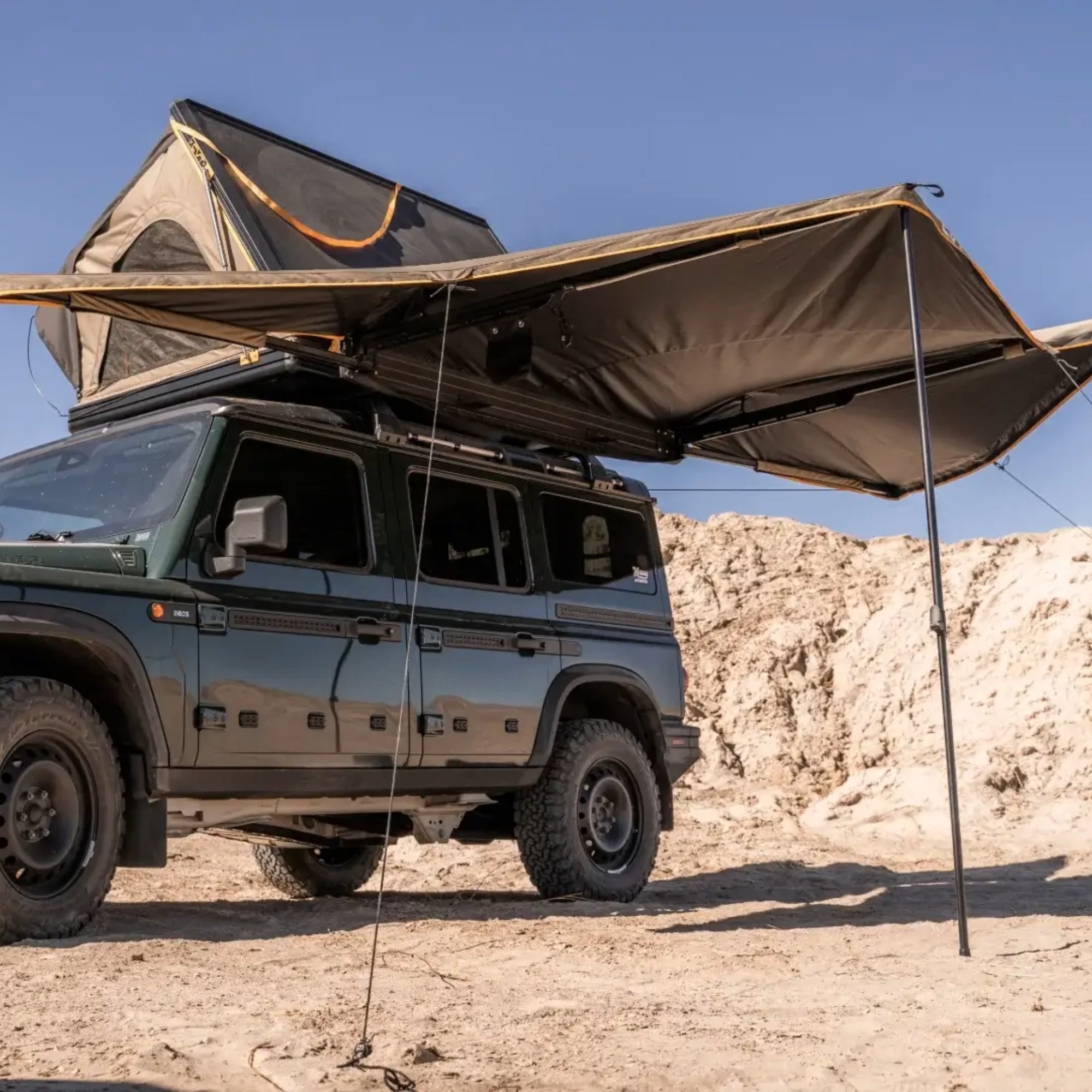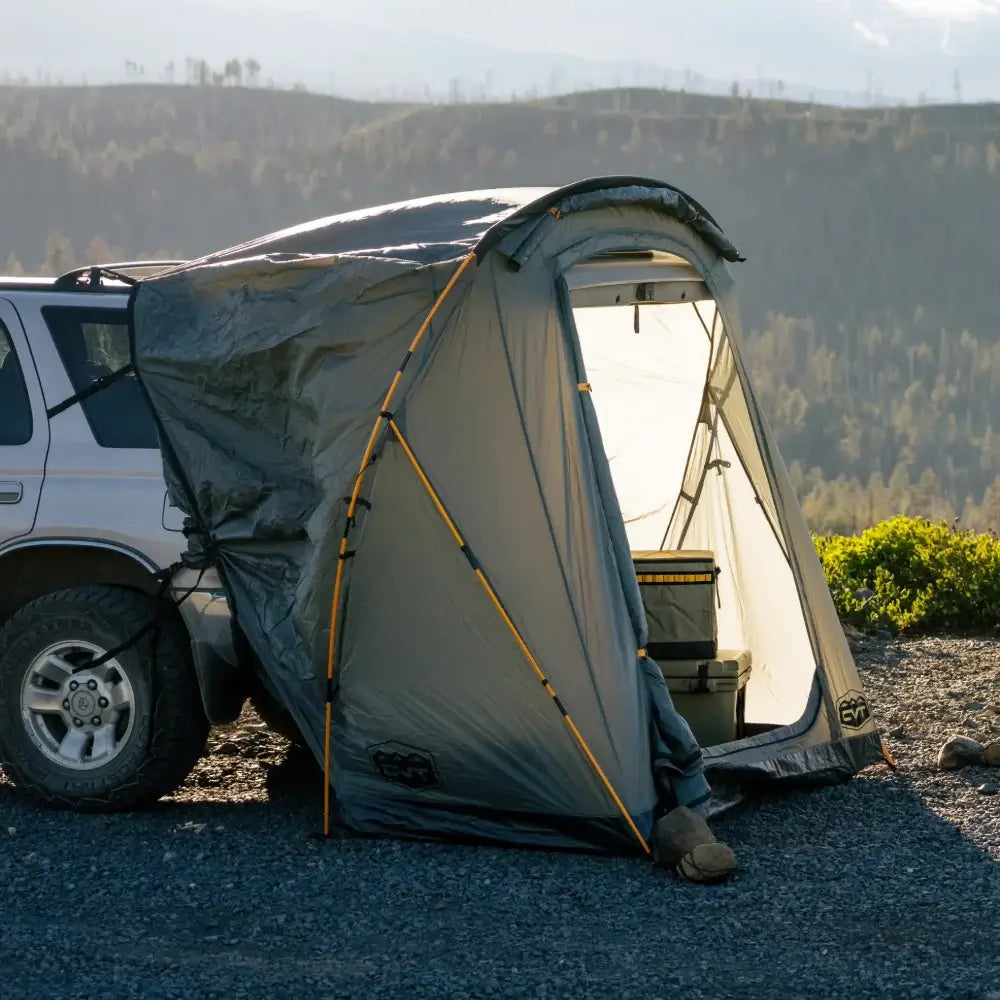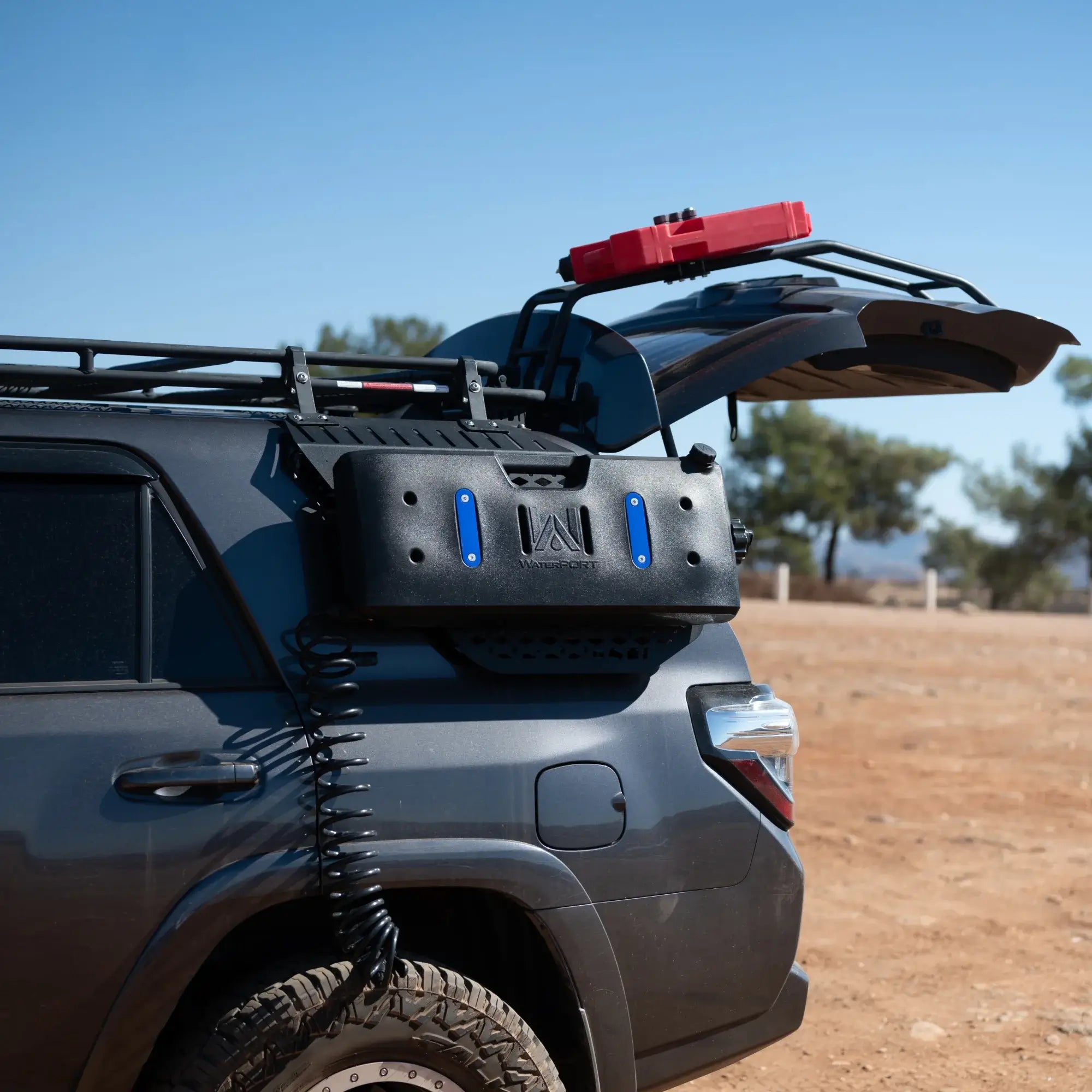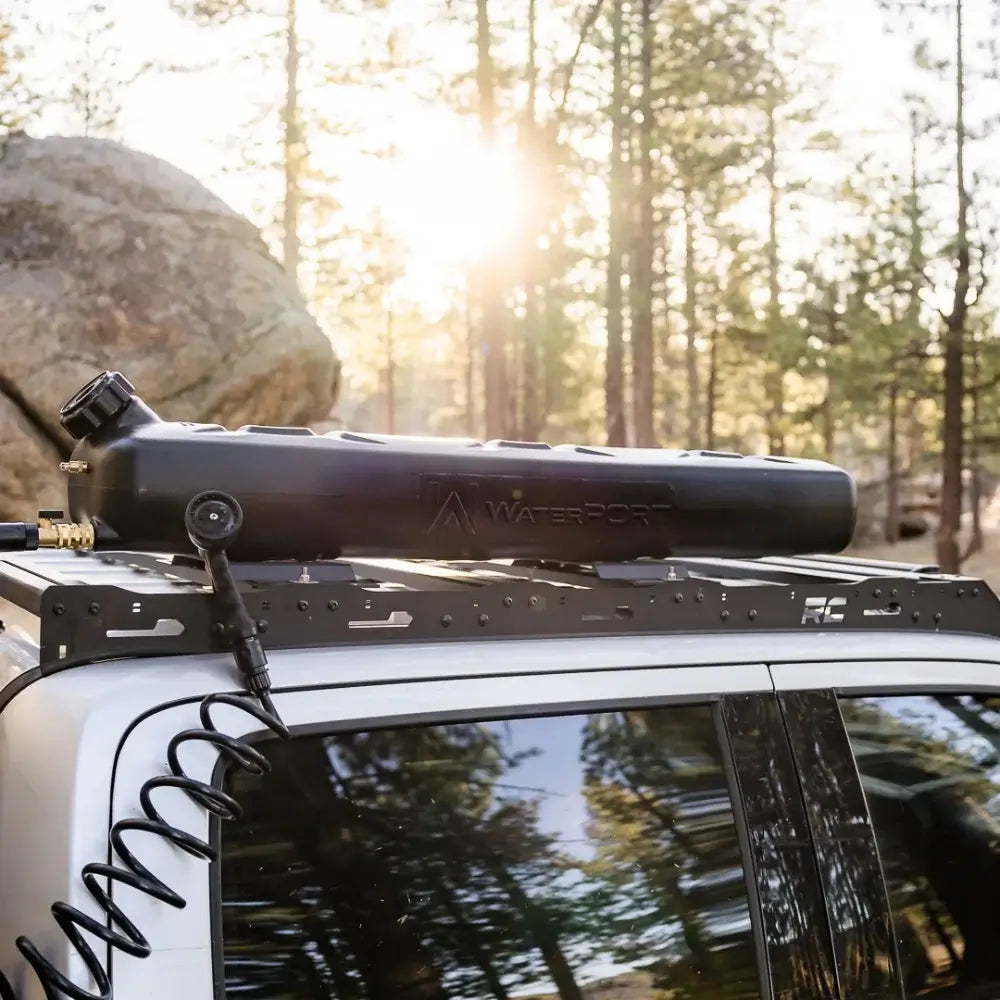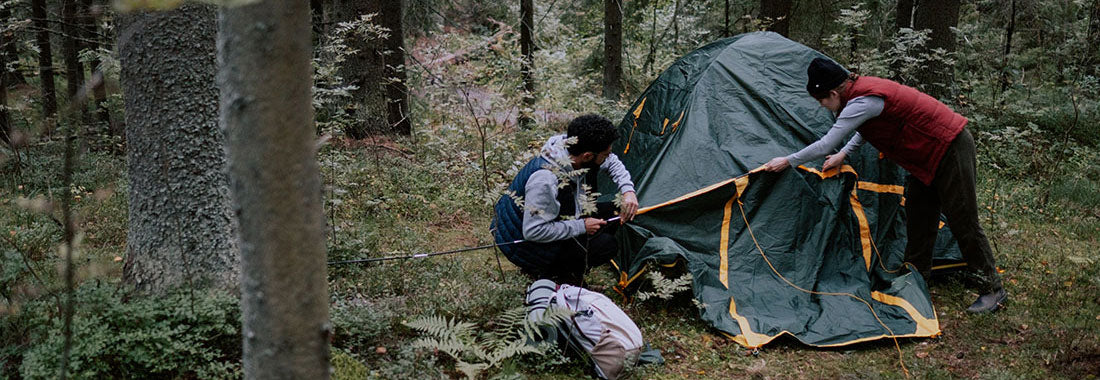Nowadays, travelers have plenty of opportunities to do outdoor activities while enjoying all the conveniences of the modern world - take RV camping and glamping, for instance. But what if you feel the urge to experience the wilderness in the most authentic way?
Luckily, there’s a perfect option for you - primitive camping. In this guide, we will answer the most common questions regarding what it is, how it is different from other camping types, and why you should try it.
What Does Primitive Camping Mean?
Primitive camping also goes by the names “wilderness camping” and “dispersed camping”. It is an outdoor activity away from designated campgrounds that aims for true nature immersion.
It implies travelers setting out on an adventure to a secluded area without any reliance on contemporary amenities, such as running water, bathrooms, or advanced cooking facilities.
Backcountry Camping Vs. Primitive Camping
Backcountry camping is often confused with its primitive counterpart. However, there is a major distinction: backcountry sites are spots designated for a limited number of tents. Such places are typically located in wilderness areas of national parks and state forests, off popular walking trails.
Thus, while both backcountry and primitive camping feature staying in remote locations with little to no neighbors, the latter is not limited to a specific campground and is less regulated.
Why Primitive Camping Is Worth a Try

You may be wondering why anyone would want to leave all the comforts of home and opt for camping in complete wilderness.
While dispersed camping seems like a demanding task, it comes with many benefits, including:
- A chance to disconnect. Staying away from the hustle and bustle of everyday life gives you an amazing opportunity to recharge.
- A challenge to yourself. Primitive camping is more than a recreational activity. It is about understanding your capabilities better, adjusting to unusual conditions, and developing survival skills.
- An immersion in nature. The truth is that the campers who want to see untouched nature have to plan their journey beyond mainstream campgrounds.
- New experiences. When was the last time you had a digital detox? Have you ever tried cooking a meal with a bare minimum of appliances available? Wild camping is the perfect occasion to do it!
Another beautiful thing about this type of adventure is its eco-friendliness. As long as you follow the Leave No Trace principles, your primitive camping trip is likely to involve less fuel usage, carbon emissions, and waste than most other forms of travel.
Selecting a Wild Camping Spot

One of the best parts of wilderness camping is that you get to explore areas that were not visited by many people. Besides, a primitive campground can be virtually any space that you choose. As liberating as it sounds, there still are limitations to keep in mind.
For instance, some national parks require you to carry a wilderness hiking permit, while other locations have self-register sites. You can also encounter areas that are not regulated.
If there are no clear instructions available, call the ranger station to avoid breaking any rules.
Besides, remember to consult the primitive camping map for the area you have in mind.
Apart from complying with the regulations, you should also choose the campground according to the following factors:
- Proximity to water. A great view from the campground is a bonus, but the proximity of water is an absolute necessity. You will need it for cooking, drinking, hygiene, and cleanup. However, don’t camp right at the water’s edge. Pitch your tent at least 200 feet away from the water source to leave the wildlife’s path to the water unobstructed.
- Presence of wind. When primitive tent camping near a lake or other slow-moving water, you are likely to encounter a lot of insects. To minimize the likelihood of mosquito bites, opt for a place where a breeze is present. However, if the area is known for gusting winds, camp next to trees or boulders - they will break the gale.
- Exposure to sunlight. If you are planning to camp for longer than one night, choose a location with ample shade during the daytime. You can also consider pointing the head-end of your tent toward the east for more light in the morning.
- Low spots. Look for higher ground to pitch your tent if you are camping next to a river or in a narrow canyon. Low spots tend to be colder and collect moisture.
What to Pack for a Dispersed Camping Trip
As much as wilderness camping can be a bare-bones experience, don’t underestimate the packing process, as it will directly affect the comfort and safety of your trip.
Here are some essentials that a camper can’t go without:
- Tent
- Sleeping bag and a sleeping pad
- Pillow
- Packing cubes
- Headlamp
- Flashlight with extra batteries
- Food supply
- Knife and utensils
-
Portable water
- Weather-appropriate clothing
- Personal hygiene items
- First aid kit
- Lighter and matches
- Multi-tool
- Solar charger
- Bear canister
- Shovel
This list will grow in case you’re planning activities, such as cooking, fishing, chopping wood, and so on.
Challenges to Expect When Wild Camping

Below are some of the most common challenges beginners face during their first dispersed camping adventures:
- Primitive camping implies traveling only with the absolute necessities. Thus, it is crucial not to overpack. However, be careful not to leave out any essentials.
- No access to bathrooms. This type of camping is about wilderness all the way, so get ready to survive without plumbing for the duration of your trip.
- Building a fire. If you are not confident in building a fire, it is highly advisable to learn how to do it before you set out on your trip. Not all areas allow making an open fire, but this skill is great to have either way.
- Less comfort. It is no surprise that camping is often romanticized - gorgeous views, pristine nature, and starry nights. While all that is true, wilderness camping means leaving the comfort of your home behind and strongly relying on your survival skills. Thus, be prepared to face situations where you might miss the luxuries of urban life.
- Your goal when camping is to make as little impact on the surrounding environment as possible. This also refers to preventing wildlife encounters by sealing the food containers tight, placing a tent far enough from the water, and keeping the trash safe.
With these fundamentals in mind, you are set off to a great start with primitive camping. Travel prepared and enjoy the great outdoors responsibly!

